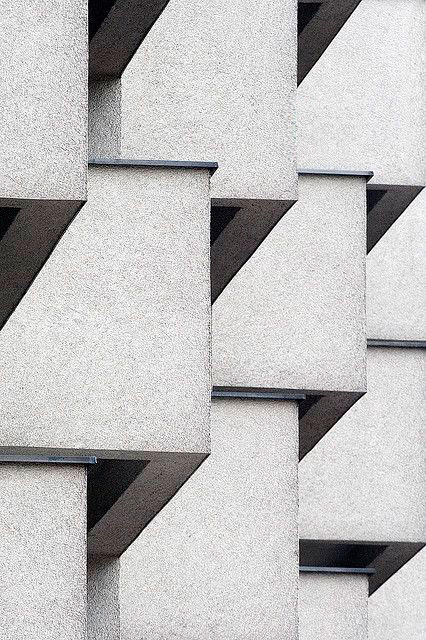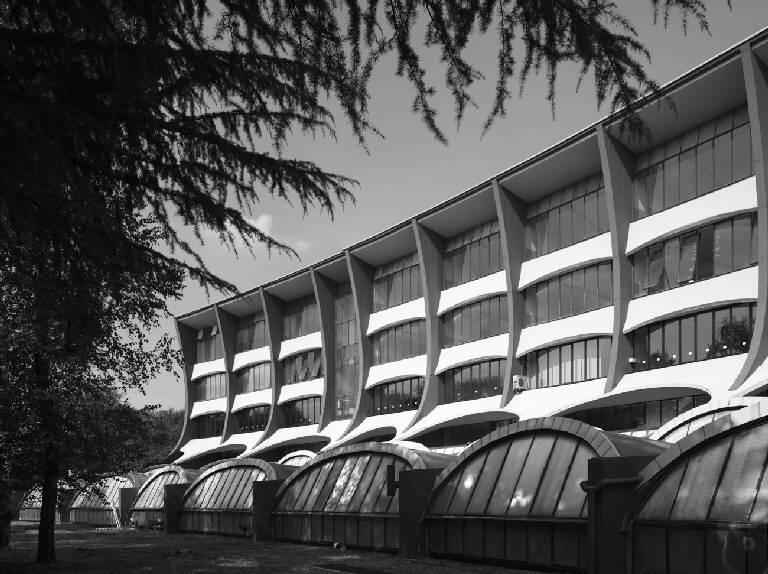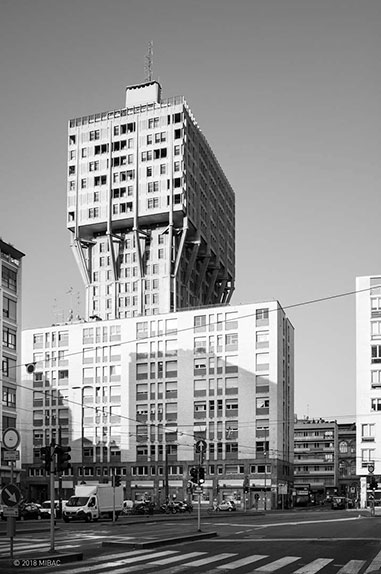In this article we delve into an already known topic, which has attracted our curiosity: the Brutalism (1990) timeless and its interpretations in the various artistic and cultural fields. A term coined by the French architect Le Corbusier of the Unité d'Habitation in Marseille (1948) to describe the aesthetics of concrete brut e give international authority to the movement. In architecture, develops after World War II, first in Sweden and then in England.
« Rebuilds sociality after a period of separation and devastation ».
TWO KNOWN EXAMPLES
State Industrial Technical Institute “Cipriano Facchinetti”, Castellanza, Italy, 1965 by Enrico Castiglioni, Carlo Fontana and Velasca Tower to Milan of the group BBPR (1956-1958).
NOT ONLY IN ARCHITECTURE BUT ALSO IN SOCIAL NETWORKS
An artistic movement that we still talk about today. For this reason the origin of the title is The Timeless Brutalism. The term attracts attention not only in the architectural field but also in the fashion field where short films often have the backdrop of brutalist buildings. On Instagram #brutalism has given rise to particular and sometimes senseless but very successful profiles that are worth a peek like cats_of_brutalism. A renewed shared attention combined with themes such as that of kittens which has always been very successful on the web. Another theme, the Kitchen, that becomes brutalist cuisine in the essentiality of the aspect and in the quantity of the ingredients. In Facebook real groups have been created”The Brutalism Appreciation Society“. While the web design become “brutalist” inspired by the raw ugliness of the websites of the nineties.
90'S
Precisely in these years of internet boom, many brands feel the need to build a corporate space in the world of digital communication. The result was a not very functional tree design and therefore not very immediate navigation for users. Up to the first ones 2000s, being online was a privilege reserved for the few because the usability and diffusion of the web was not yet. Most of the sites were static, showcase pages and the graphics were basic. The lower connection and page load times that suffered from the heaviness of the images had to be taken into account. Only in 2012 you will have a real breakthrough.
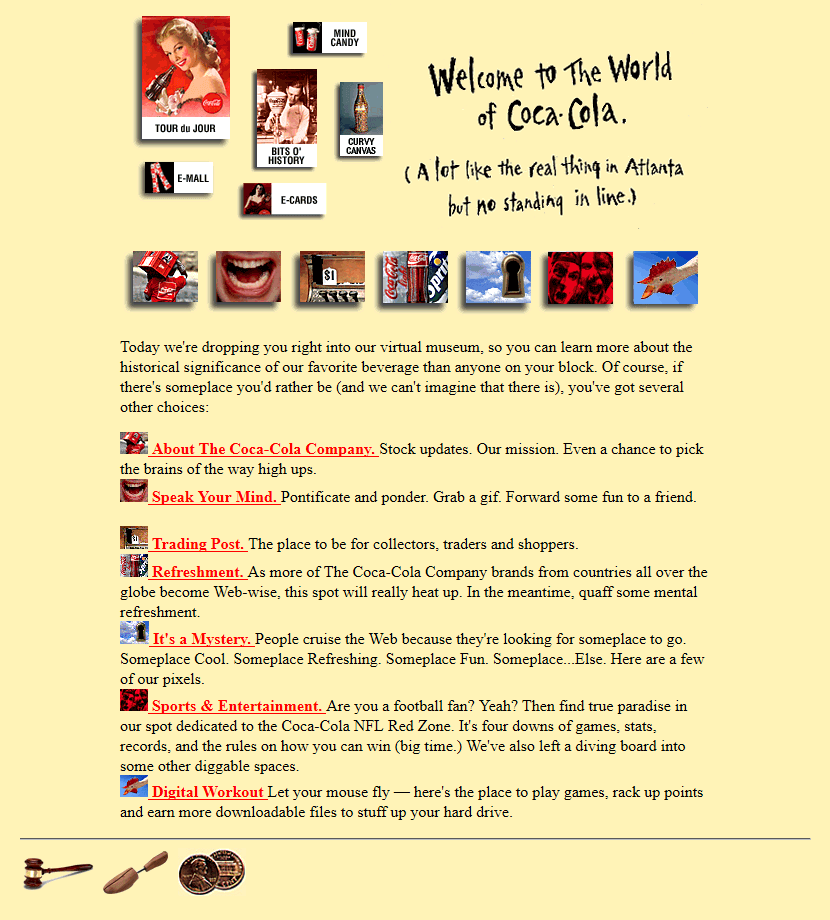
www.webdesignmuseum.org/gallery
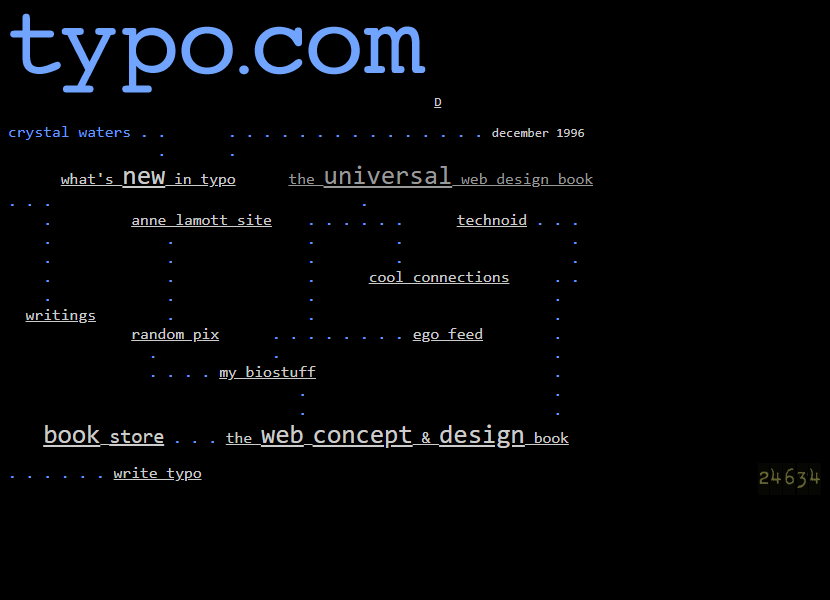
www.webdesignmuseum.org/gallery
TODAY
Many designers look at the 90's as a reaction to the standardization of contemporary trends. Hence the birth of the current “Brutalist Web Design” with a harsh and minimal design « seen as a reaction, by a younger generation, to the levity, optimism and frivolity of today's web designi ». www.brutalistwebsites.com is a portal that can be consulted as an archive of some examples of this particular vision of web design. If, on the other hand, you want to take a trip into the past, visit Web Design Museum, you will find sites of famous and historic brands.
BRUTALISM, A TIMELESS MOVEMENT
It could be an inspiration even after this difficult period of closure that we are experiencing, driven by the desire for redemption by correcting the mistakes of the past and putting the lessons of these months into practice. A search for a sense of belonging focusing on the revisiting and development of "common spaces". «Rebuilds sociality after a period of separation and devastation».
A common mistake about Brutalism and which continues to this day, is to have often been interpreted for his own aesthetics And Not for his contents thus becoming in the present day, a representation of an ugly, oppressive grandeur.
